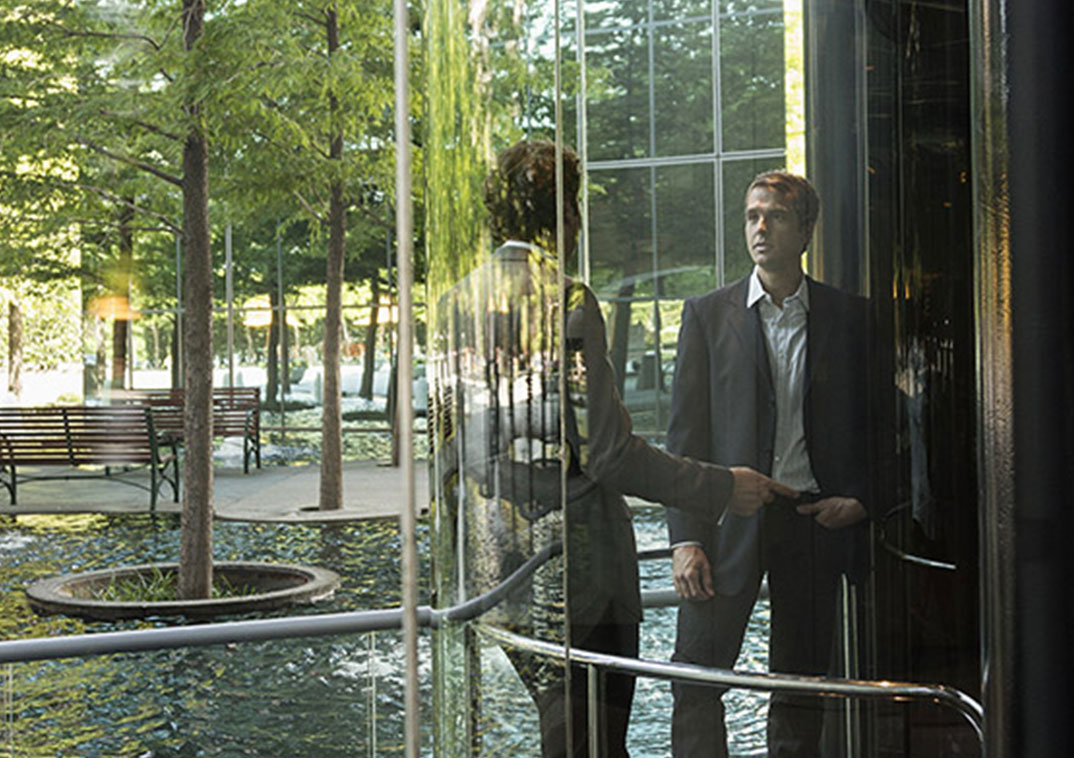In modern urban buildings and tourist landmarks, observation elevators have become an important carrier for connecting space and enhancing experience. It not only undertakes the basic function of vertical transportation, but also provides passengers with a broad visual enjoyment with its transparent glass cabin design. It is widely used in high-rise buildings, scenic cable cars, museums, shopping centers and other places. However, while pursuing the ultimate vision, ensuring the safety of elevator operation is always the top priority. This article will focus on the design principle, structural optimization and intelligent control system of the observation elevator to explore how it can achieve the coordinated unification of landscape vision and operation safety in practical applications.
1. Performance characteristics of observation elevators
Observation elevators usually adopt a full glass or semi-glass cabin structure, combined with a high-strength steel structure frame, which not only ensures a good perspective effect, but also has sufficient carrying capacity. Its core components include:
Glass car wall: multi-layer laminated tempered glass with high light transmittance and impact resistance;
Drive system: can be traction or hydraulic, and some high-end products adopt machine room-less design to save space;
Guide rail system: high-precision processed guide rails are used to reduce shaking and noise during operation;
Safety protection devices: such as speed limiters, safety clamps, buffers, etc., to ensure emergency protection in emergencies;
Intelligent control system: equipped with frequency conversion speed regulation, automatic leveling, fault self-diagnosis and other functions to improve riding comfort.
This type of elevator not only meets basic transportation needs, but also enhances user experience through open vision. It is especially suitable for scenes that focus on environmental integration and visual beauty, such as sightseeing towers, commercial complexes, and tourist attractions.
Second, key design elements to achieve "landscape vision"
2.Selection and processing of transparent materials
The viewing elevator uses a large number of double-layer or multi-layer laminated tempered glass, which not only has excellent optical properties, but also effectively prevents fragmentation and splashing, taking into account both beauty and safety.
Open design of car structure
By reducing the area of metal enclosures and increasing the proportion of glass, passengers can have a 360° or 270° panoramic view, which is particularly suitable for external elevators installed along the exterior wall of the building.
Lighting and decoration coordination
LED lighting, artistic patterns or dynamic projections can be configured inside to further enhance the visual experience without affecting safety.
Location layout and landscape alignment
The installation orientation of the elevator is considered during the architectural design stage, so that it faces the city skyline, natural scenery or important architectural landscape to maximize the visual value.
3. Technical path to ensure "operation safety"
Multiple safety protection mechanisms
Anti-fall system: equipped with a speed limiter linkage safety clamp, which can automatically brake when the elevator is overspeeding or out of control;
Emergency ventilation and communication: built-in vents and intercom systems to ensure that trapped people are safe while waiting for rescue;
Overload protection: real-time monitoring of load status to avoid accidents caused by overload operation;
Earthquake and wind pressure adaptability design: for special environments, strengthen the strength of the car and shaft structure.
Intelligent operation control
Modern observation elevators are generally equipped with PLC control systems and IoT monitoring platforms to achieve remote fault diagnosis, operation data analysis and early warning management, greatly improving maintenance efficiency and safety assurance levels.
Regular inspection and maintenance system
Annual inspection and daily maintenance are strictly carried out in accordance with national elevator safety standards to ensure that all components are in good working condition.
4. Performance in typical application scenarios
Urban landmark buildings: observation elevators in skyscrapers such as Shanghai Tower and Guangzhou Tower, where passengers can overlook the panoramic view of the city during the ascent;
Theme parks and natural scenic spots: such as Zhangjiajie Tianmen Mountain cableway elevator, which helps tourists easily climb high and enjoy the magnificent mountain scenery;
Commercial complexes: glass elevators set up in the atrium of shopping malls can not only guide the flow of people, but also create a modern and technological atmosphere;
Cultural venues: museums, exhibition halls, etc. use observation elevators to enhance the immersive experience of visitors.
Through scientific material selection, structural optimization and intelligent safety control, Observation Elevators have successfully achieved the coordinated unification of landscape vision and operation safety in practical applications. It not only improves the use value of architectural space, but also brings users unprecedented visual and travel experience. In the future, with the development of intelligent construction and digital twin technology, sightseeing elevators will demonstrate their unique charm and application potential in more fields.











